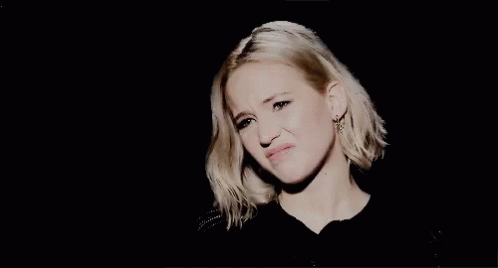But Out
But. Or. And.
Conjunctions play an important role in our sentences. They let us know the direction the speaker intends to take with the ideas following. For better or (but, and?) for worse, they can also limit us. (Ew, I hate limitations. #freedomorbust!)
Back to the investigation, Sherlock.
“But'' indicates some type of qualification, justification, or exclusion from what comes next. The preceding clause is excepted, rather than accepted.
“Or” also divides. It separates what gets mentioned before from what comes after. It’s this or that.
Now, “and” is another story. The word “and” functionally offers a hand, reaching out to include whatever comes its way.
Elementary, Watson.
With this characteristic of “and”, a profound insight arises at how our words and language shape our thoughts and experiences. “And” is inclusive. “And” gives us the capacity to add to, without excluding, even what appear to be opposites. “And” opens an invitation, an opportunity to bridge and integrate rather than segregate.
“‘And’ opens an invitation, an opportunity to bridge and integrate, rather than segregate.”
In spoken and written word, I frequently employ the phrase “but, and. And…” to affirm that the preceding idea is in addition to rather than against. In subtle ways, “but” severs connection, stilting or completely stalling energy’s flow between things. Along a linear model of thinking, the two ends cannot meet, can never reconcile.
Here’s how to work play with it: “but” out.
Take a commonly expressed phrase like “I’d like to do X, but I don’t have the [insert resource: time, money, energy—pick your favorite du jour].” As it stands, what you don’t have functions as a destination, one you cannot reach easily, if at all.
Replace the sentence with, “I’d like to do X, and I do have Y time, Y money, Y energy (WHY is Gamora?) to work with toward my goal.”
When we name limitations and give them a task or role, the barrier dissolves. No longer butting up against things (pun absolutely intended), we empower ourselves. The once-limiting structure, the form, becomes the very vessel through which we achieve our goals. #freedom #herewecome
And as yogis have been saying for eons, “there is freedom in the form;” this practice brings us the required strength and flexibility to flow through the myriad expressions of self.
In choosing “and,” we gift ourselves a new perspective: how to reframe these hurdles. Rather than succumbing to obstacles or problems, we include them, integrating them as part of the process and path toward a goal. We work with rather than against what exists.
“choosing ‘and,’ we gift ourselves a new perspective...working with what exists.”
However, yet—and—this may provide a wealth of insight to your own process. And how! …???
Listen to your speech; observe your thoughts throughout the day. Do you undercut and undermine your progress, even yourself, with “but?”
Could practicing “but, and” or even simply “and” bring in the self-support you need and crave?
— yours truly,






